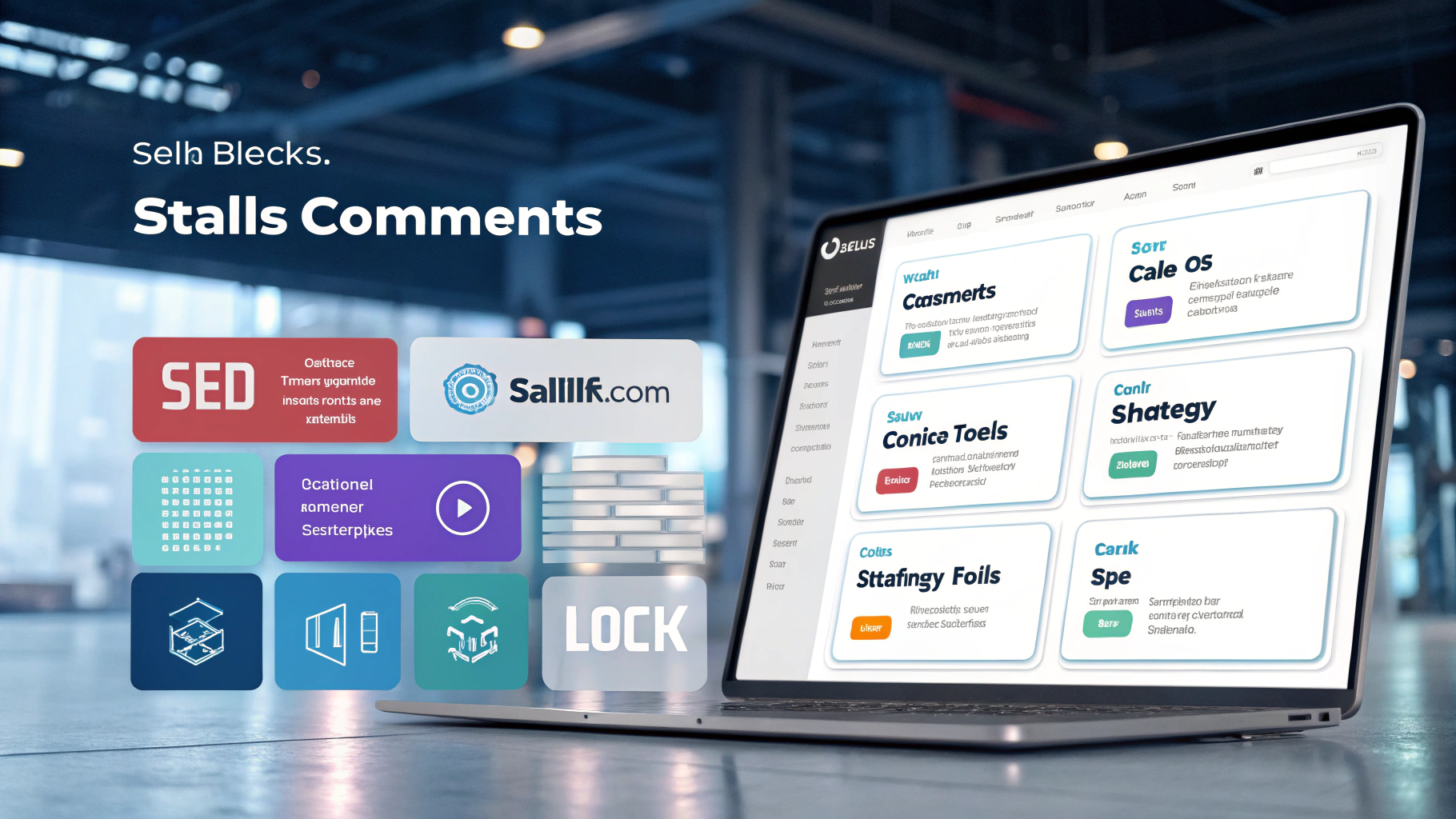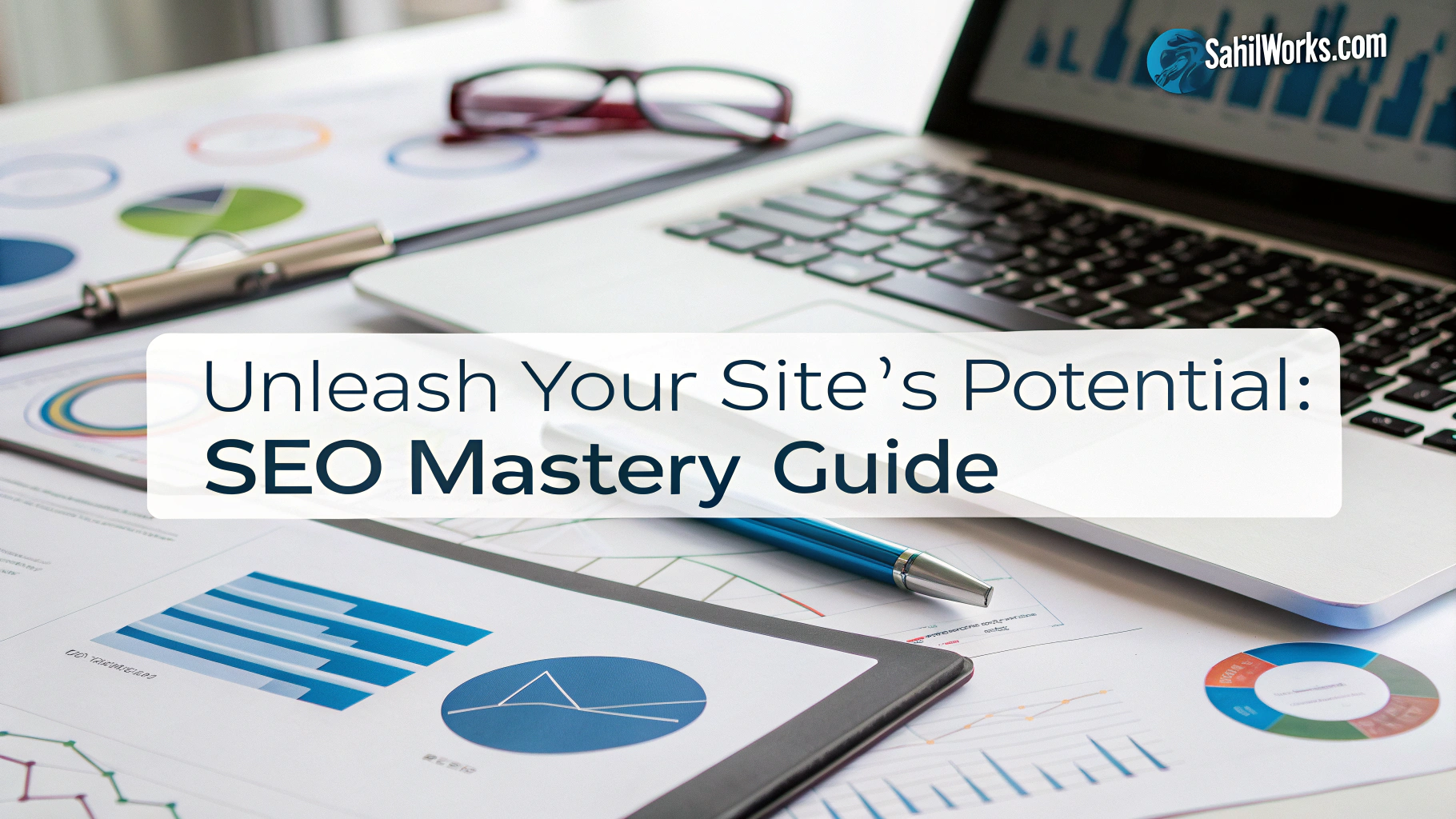Quantum Leap Your Website to Google’s First Page
Have you ever wondered why only 0.63% of Google searchers click on results from the second page? This staggering statistic reveals the brutal truth about digital visibility: if your website isn’t on the first page, it might as well be invisible. In today’s hyper-competitive digital landscape, understanding and implementing effective Website SEO isn’t just a marketing strategy—it’s the lifeline of your online presence. Whether you’re a small business owner or a marketing professional, mastering the art and science of search engine optimization can transform your digital fortunes overnight.
Why It Matters

In a world where 68% of online experiences begin with a search engine, your website’s visibility directly correlates with your business success. Recent studies show that websites appearing in the top three Google search results capture 75.1% of all clicks. Meanwhile, businesses that implement proper Website SEO techniques experience an average of 14.6% conversion rate, compared to just 1.7% for traditional outbound methods.
The financial implications are equally compelling. Companies investing in organic search see acquisition costs 61% lower than those relying on paid advertising alone. With Google processing over 8.5 billion searches daily, the opportunity cost of poor SEO Ranking, Google Ranking translates to thousands of missed potential customers every single day.
Core Concepts
Understanding Website SEO begins with grasping its fundamental pillars:
-
Technical SEO: Think of this as your website’s foundation and infrastructure. It encompasses site speed, mobile-friendliness, crawlability, and indexability. Like a building with structural issues, no amount of decoration can compensate for technical SEO problems.
-
On-page SEO: This represents the content and structure of your individual pages. It includes keyword optimization, meta descriptions, header tags, and quality content. Consider this the interior design of your digital home.
-
Off-page SEO: This involves external signals that validate your website’s authority, primarily through backlinks. It’s similar to how personal recommendations influence trust in the real world.
-
User Experience: Google’s algorithms increasingly prioritize sites that deliver exceptional user experiences. Metrics like bounce rate, dwell time, and page interactions now directly impact your SEO Ranking, Google Ranking.
Strategy or Implementation Guide
Step 1: Conduct a Comprehensive SEO Audit
Begin with a thorough analysis of your current SEO performance. Identify technical issues, content gaps, and competitive disadvantages. Tools like Semrush, Ahrefs, or Screaming Frog can reveal critical insights about your website’s health.
Step 2: Optimize Your Technical Foundation
Ensure your website loads quickly (under 3 seconds), functions perfectly on mobile devices, and has a secure HTTPS connection. Implement schema markup to help search engines understand your content better. Create a logical site structure with a clear hierarchy and XML sitemap.
Step 3: Master Keyword Research and Content Optimization
Research high-intent keywords with reasonable competition levels. Focus on long-tail keywords that match user search intent and create content clusters around primary topics. Optimize your content naturally with keywords in titles, headers, and throughout the body text without keyword stuffing.

Step 4: Build Authority Through Quality Backlinks
Develop a strategic outreach campaign to secure relevant backlinks from authoritative websites in your industry. Create linkable assets like original research, comprehensive guides, or interactive tools that naturally attract links. Remember that quality always trumps quantity when it comes to backlink profiles.
Step 5: Monitor, Analyze, and Adapt
Implement robust analytics to track your performance. Pay special attention to organic traffic, conversion rates, bounce rates, and keyword rankings. Use this data to continuously refine your strategy and adapt to algorithm changes.
Benefits
Implementing proper Website SEO delivers transformative benefits:
-
Sustainable Traffic Growth: Unlike paid advertising, SEO delivers long-term results that continue to yield returns.
-
Enhanced Credibility: Higher rankings instill trust in potential customers, with 75% of users never scrolling past the first page.
-
Improved User Experience: SEO optimization naturally improves site usability, leading to higher conversion rates.
-
Competitive Advantage: A well-executed SEO strategy can help smaller businesses outrank larger competitors with bigger budgets.
-
High ROI: SEO typically delivers the highest return on investment among digital marketing channels, with an average ROI of 545%.
Case Study / Example
Consider the case of a mid-sized e-commerce furniture retailer struggling with online visibility. Their initial situation showed:
- Google ranking: Beyond page 3 for most relevant terms
- Organic traffic: 1,200 monthly visitors
- Conversion rate: 0.8%
After implementing a comprehensive Website SEO strategy focusing on technical fixes, content optimization, and strategic link building, within six months they achieved:
- Google ranking: First page for 78% of target keywords
- Organic traffic: 9,700 monthly visitors (708% increase)
- Conversion rate: 2.3% (187% increase)
- Revenue from organic search: 915% increase
This transformation required no increase in paid advertising, demonstrating the power of organic search optimization.
Tools & Resources
To execute your SEO strategy effectively, leverage these essential tools:
- Google Search Console: Free tool providing insights into how Google views your site
- Google Analytics: Essential for tracking user behavior and conversion data
- Semrush or Ahrefs: Comprehensive platforms for keyword research and competitor analysis
- Screaming Frog: Technical SEO crawler for identifying site issues
- PageSpeed Insights: Analyze and optimize your page loading speed
- Mobile-Friendly Test: Ensure your site works perfectly on mobile devices
- Yoast SEO: WordPress plugin for on-page optimization
Common Mistakes to Avoid
Even seasoned professionals make these critical SEO errors:
- Ignoring Technical Issues: No amount of content can overcome poor site architecture or slow loading times.
- Keyword Stuffing: Overusing keywords damages readability and triggers Google penalties.
- Neglecting Mobile Users: With mobile-first indexing, your site must perform flawlessly on all devices.
- Prioritizing Quantity Over Quality: Publishing frequent, low-value content is counterproductive.
- Buying Low-Quality Backlinks: Spammy link building tactics lead to algorithmic penalties.
Future Trends
The SEO landscape continues to evolve rapidly:
-
AI-Driven Search: Google’s increasing reliance on AI means optimizing for semantic search and user intent is becoming more important than keywords.
-
Voice Search Optimization: By 2025, an estimated 75% of U.S. households will own smart speakers, revolutionizing search queries.
-
Visual Search: Technologies allowing users to search with images will transform SEO Ranking, Google Ranking strategies for visual industries.
-
Core Web Vitals: User experience metrics will continue gaining importance as ranking factors.
Conclusion
Mastering Website SEO isn’t optional in today’s digital environment—it’s essential for survival and growth. The path to Google’s first page requires technical excellence, content relevance, and authoritative signals that collectively convince search engines your site deserves visibility. By implementing the strategies outlined in this guide, you’re not just improving search rankings; you’re building a stronger, more resilient digital presence that converts visitors into loyal customers.
Ready to transform your online visibility? Start with a comprehensive audit, identify your quick wins, and develop a sustainable strategy that aligns with both search engine algorithms and user needs. The journey to page one starts with a single optimization.
FAQs
How long does it take to see results from SEO efforts?
While some improvements may be visible within weeks, significant results typically take 3-6 months, depending on your industry competition and starting point.
Is it better to focus on technical SEO or content creation?
Both are essential components of a successful strategy. Technical issues should be addressed first, as they can limit the effectiveness of even the best content.
How many keywords should I target on each page?
Focus on one primary keyword and 2-3 related secondary keywords per page to maintain topical relevance without diluting your optimization efforts.
Do social media signals impact SEO rankings?
While not direct ranking factors, social signals increase content visibility and can lead to more backlinks, which do directly impact rankings.
Is hiring an SEO agency worth the investment?
For businesses without in-house expertise, a reputable SEO agency can deliver substantial ROI by implementing advanced strategies and avoiding costly mistakes.

